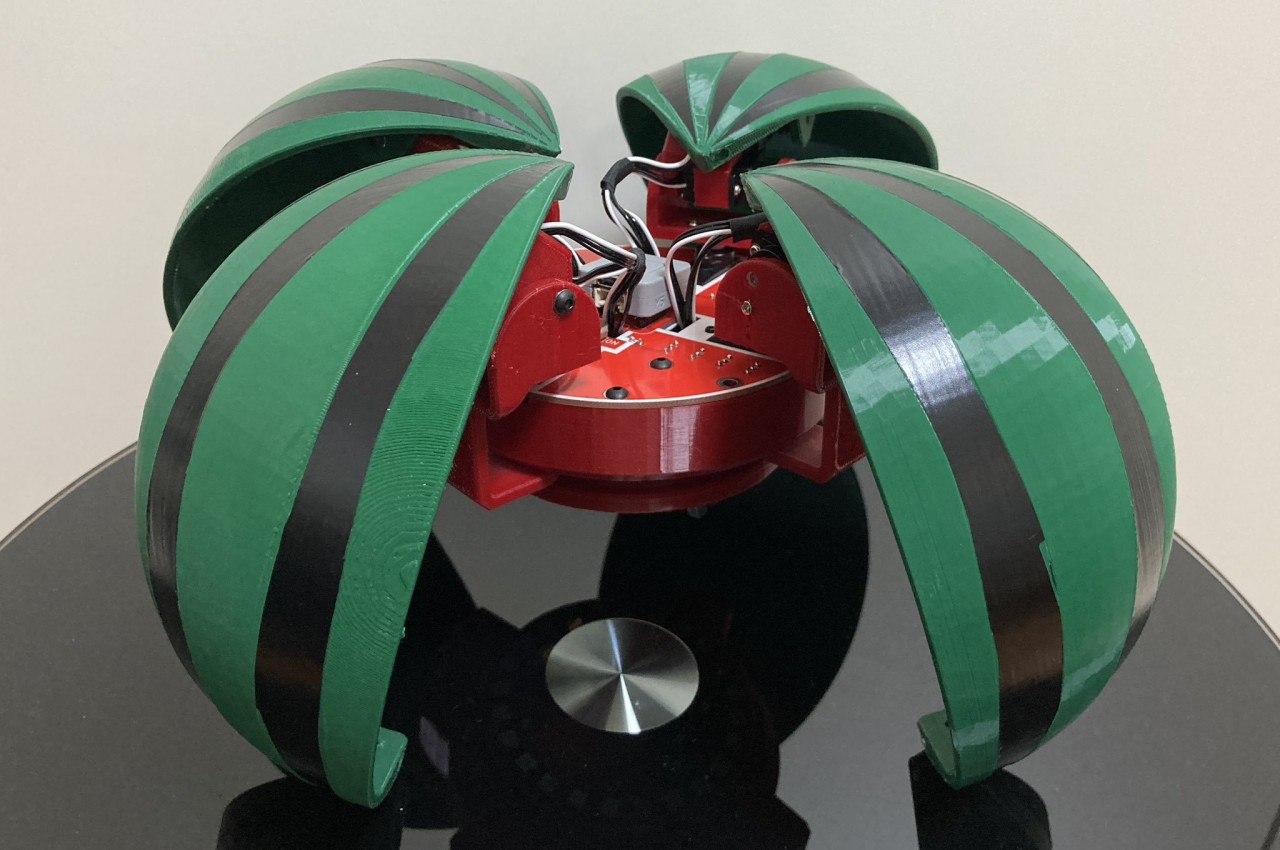
We saw quite a few robots at MWC 2024 last month, but the two brightest stars were dog-like designs that were derived from the nightmare fuel that was Boston Dynamics’ Spot. Nowadays, the term “quadruped robot” would call images of that machine or its more refined descendants, but that’s only by convention and not by definition. This DIY robot, for example, also has four legs, at least for the technical definition of what a “leg” means, except it doesn’t take inspiration from canines or other four-legged animals. Instead, it tries to disguise itself as a fruit that suddenly splits into four and starts moving almost like a crab. A real-world Transformer, but in a small and somewhat cute package.
Designer: Ryota Kobayashi
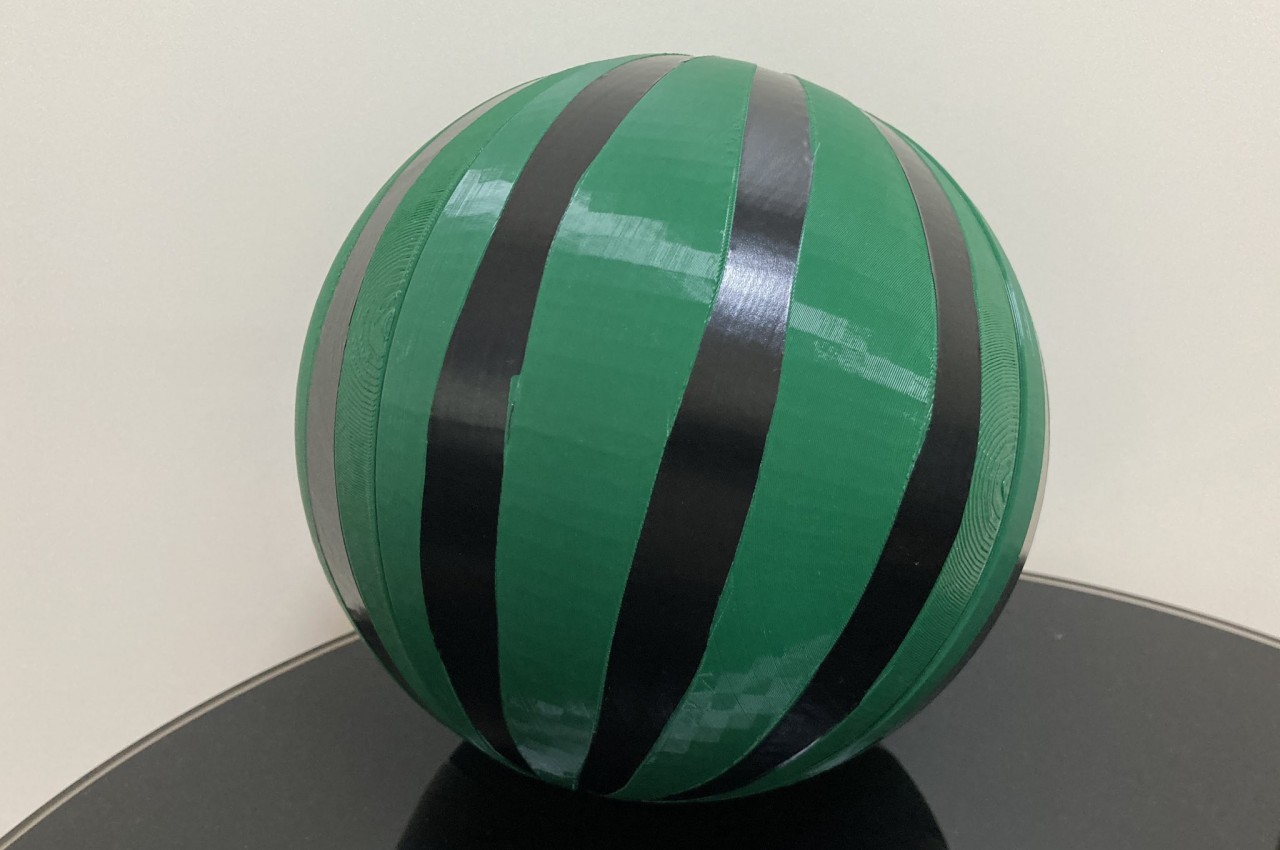
Most of us probably aren’t unfamiliar with robots in disguise, at least those fictional machines that transform from a mundane shape to something truly more robotic. Of course, those fictional robots try to mimic vehicles or even animals since those things are already mobile by nature. But a spherical fruit that only rolls when the law of inertia takes effect? Really an odd choice for a disguise.
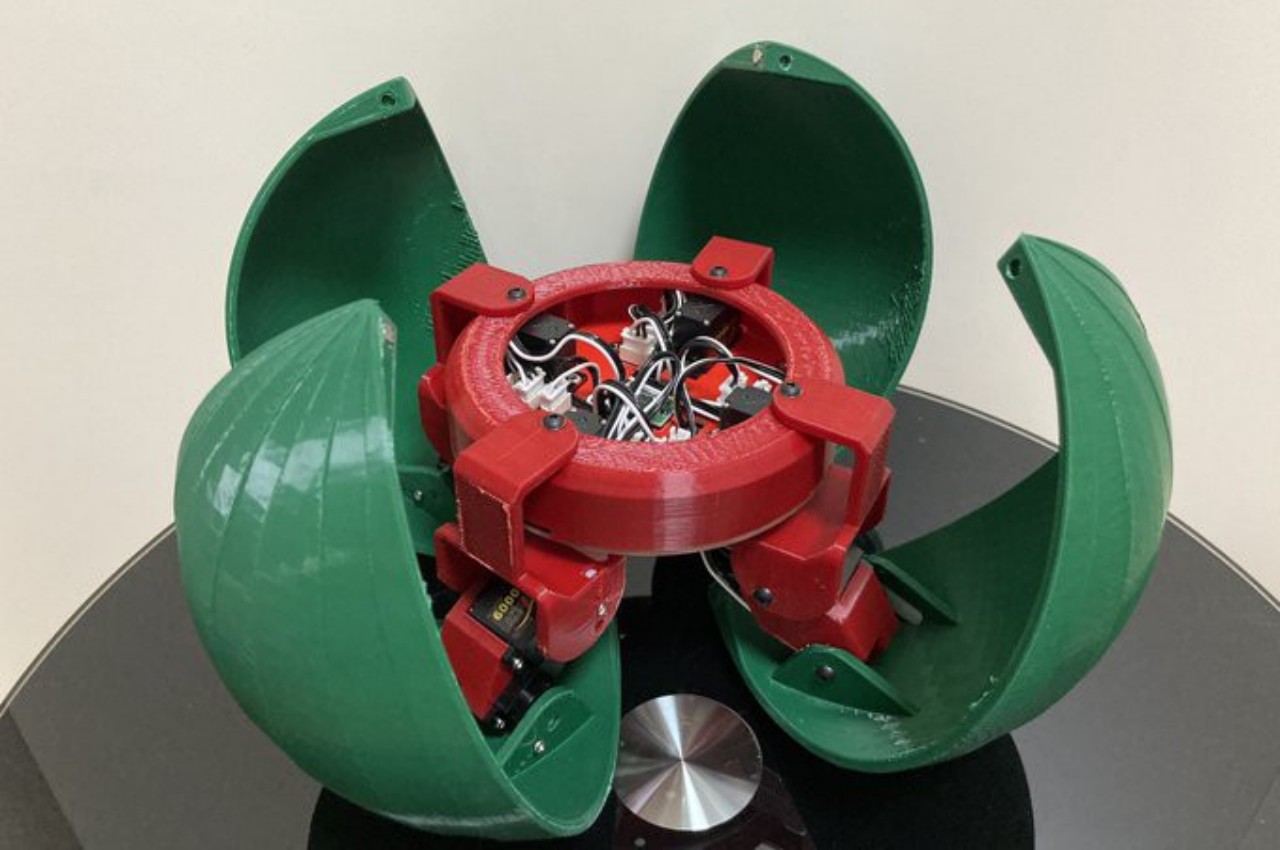
But that’s exactly what the Sherobo quadruped robot does, looking like a very fake plastic lemon in its “inactive” state. The real inspiration isn’t actually the fruit itself but what’s done with it in Japan. A game called “Suikawari” is pretty much the Japanese form of piñata, trying to split the watermelon with a stick while blindfolded. Of course, you won’t be splitting this sphere, let alone hitting it, because it splits on its own when it stretches its legs to walk around.
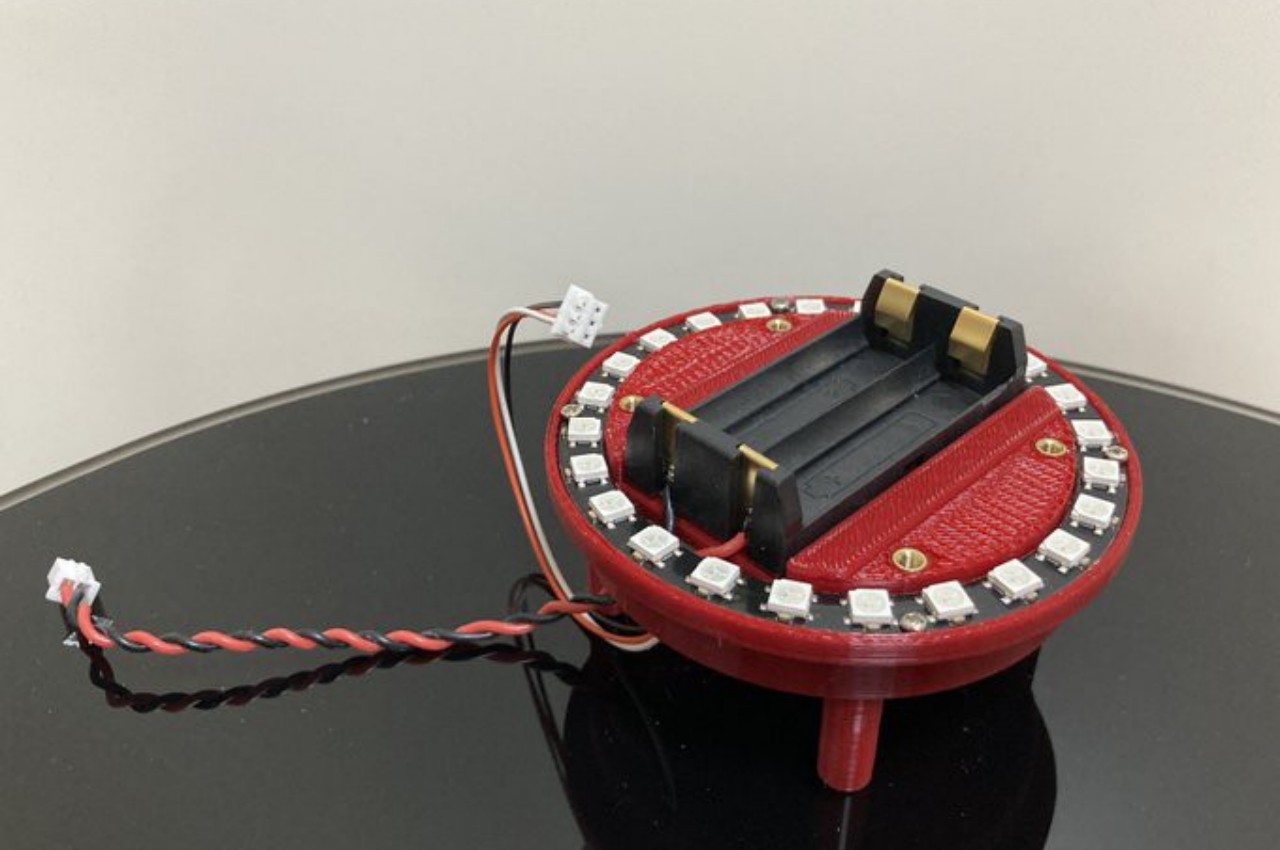
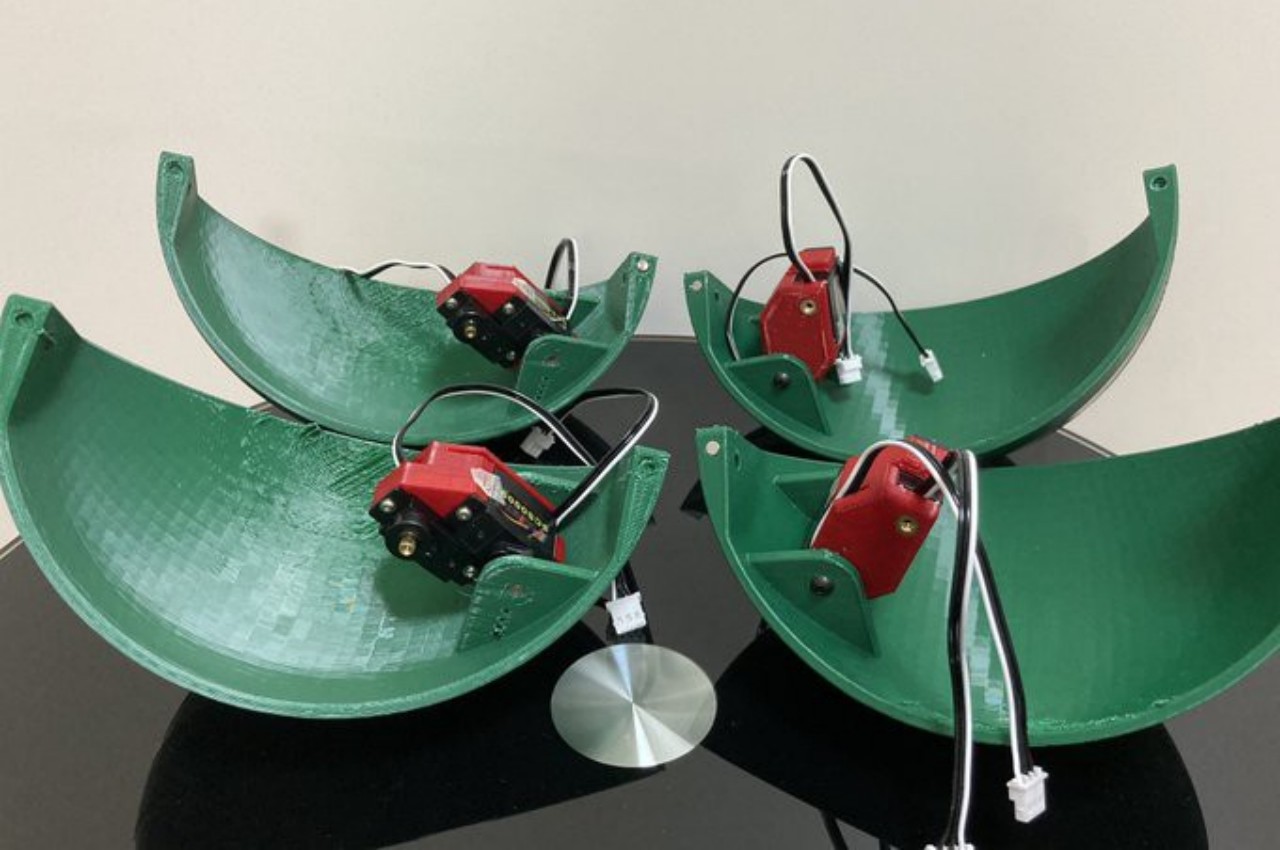
Sherobo is actually made from many off-the-shelf components for the robot’s mainboard and motors. The frame, body, and legs, however, are all custom 3D printed, of course, and the designs are sadly not available publicly. What’s interesting is that each of the robot’s four legs has three degrees of freedom or 3DoF, giving it a great deal of mobility and flexibility. That said, given its design of the legs located around the body, it walks more like a crab than any other quadruped.
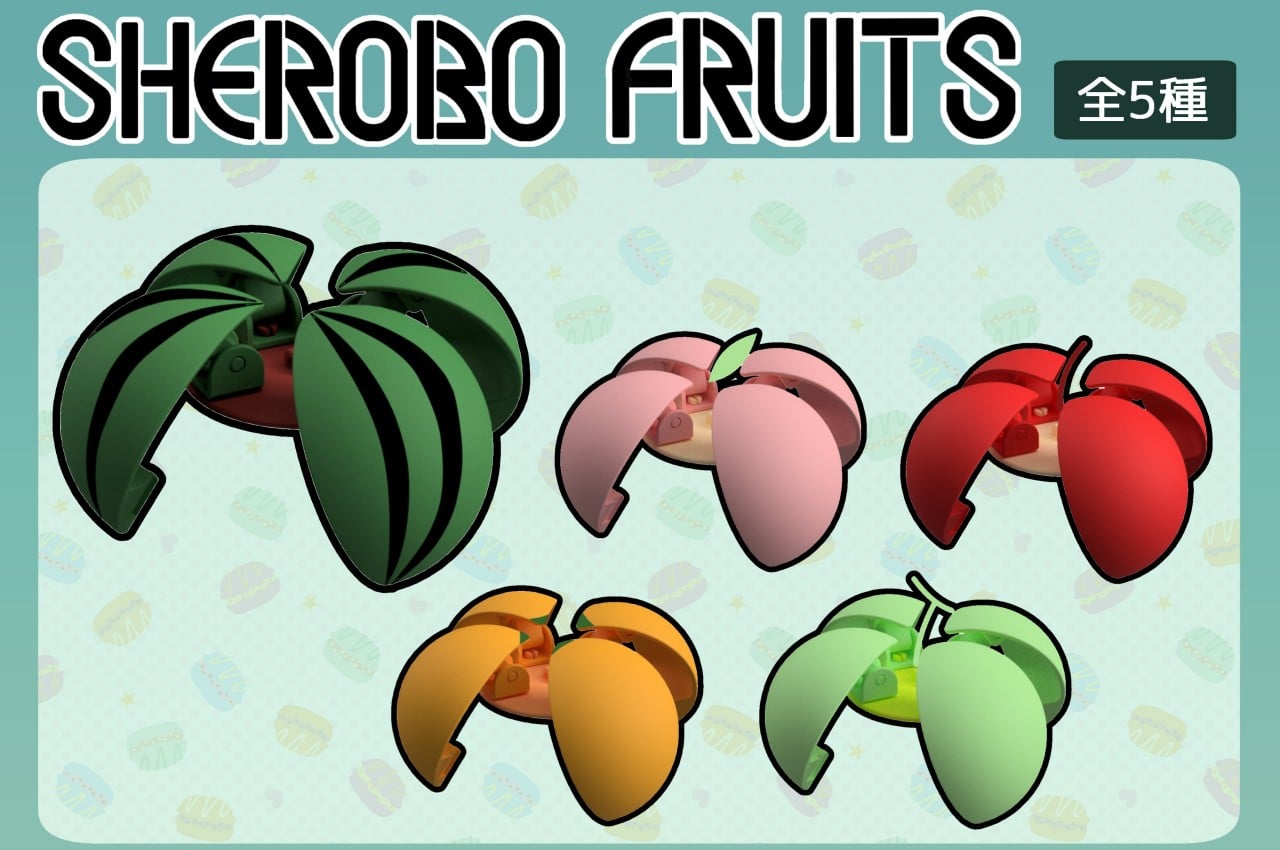
And, of course, it doesn’t have to be a watermelon, either, and it can be any fruit or spherical object you prefer. It’s definitely an interesting experiment on robot design and one that expands the definition of a quadruped robot. It doesn’t hurt that it is perhaps more adorable those those Spot-like dog-inspired robots, that is unless you actually have a phobia of crab-like and spider-like critters.
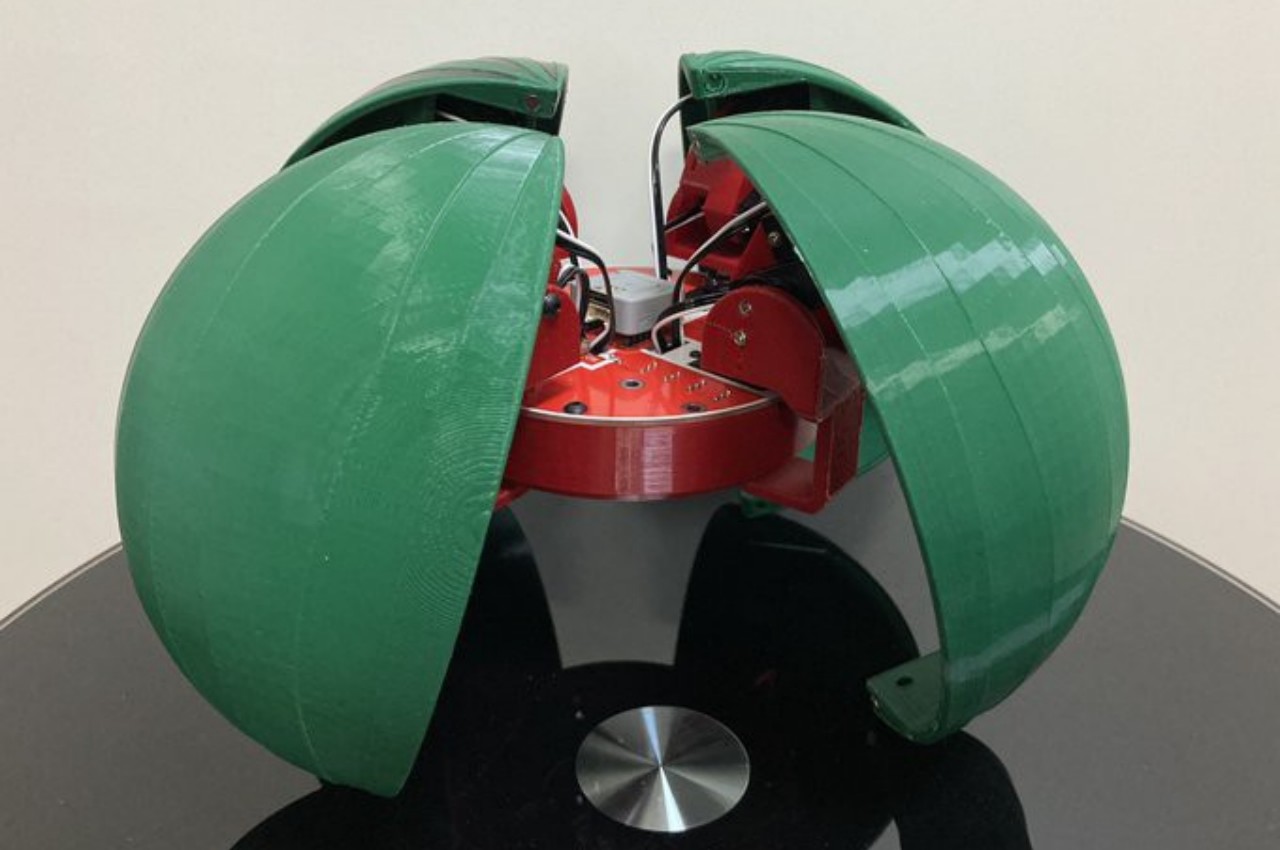
The post Cute quadruped robot is actually a watermelon in disguise first appeared on Yanko Design.
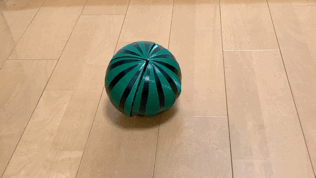
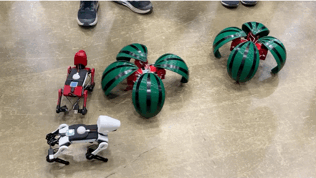


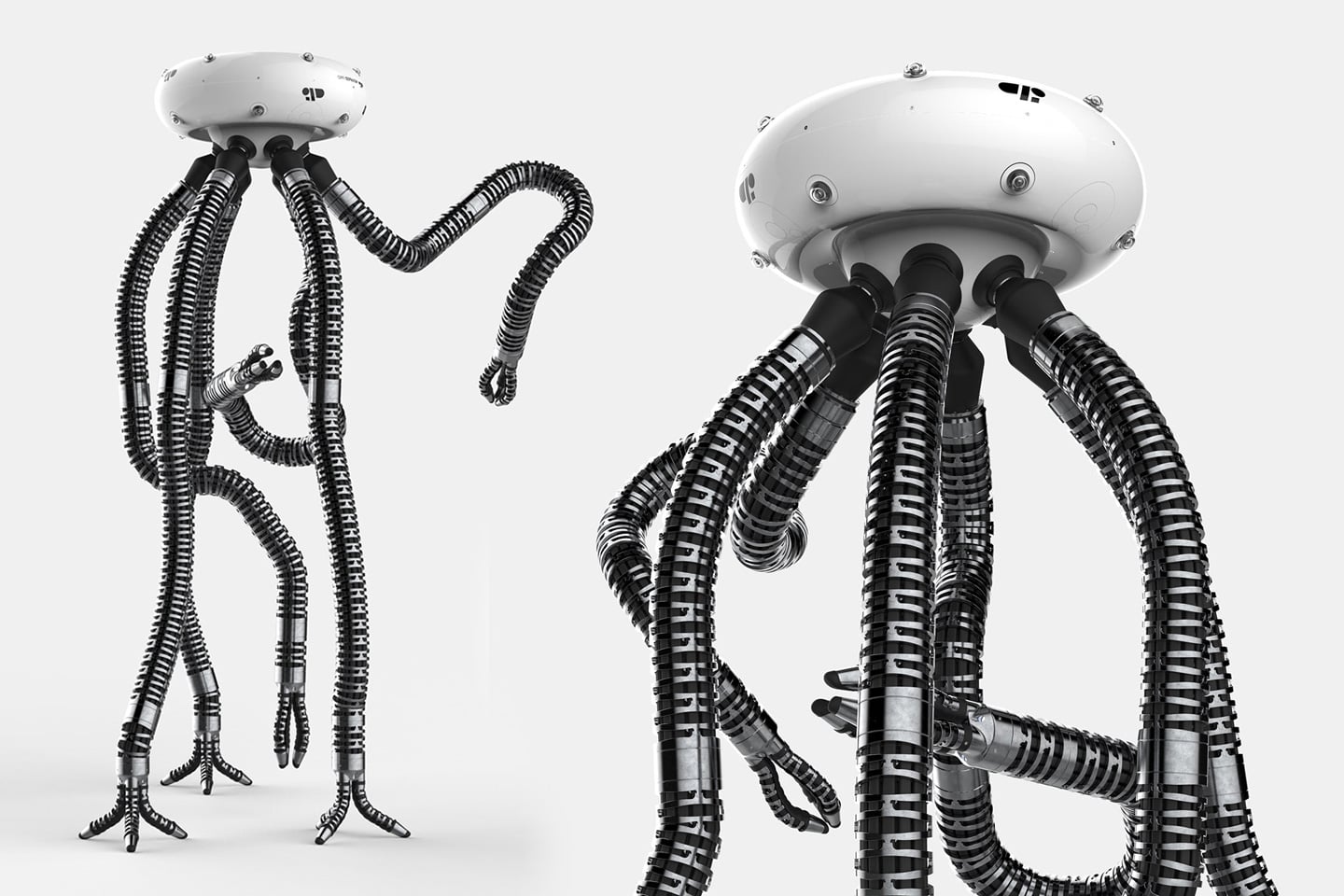
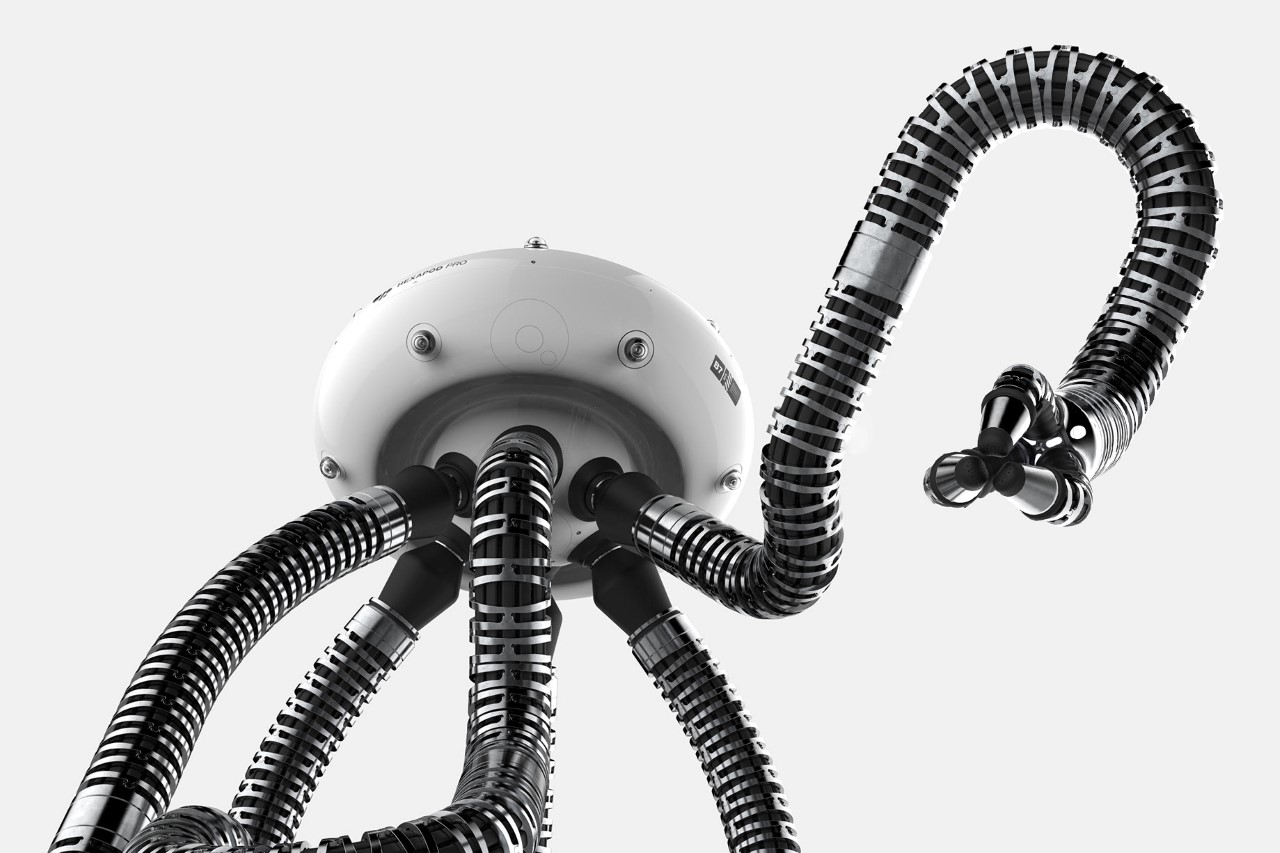




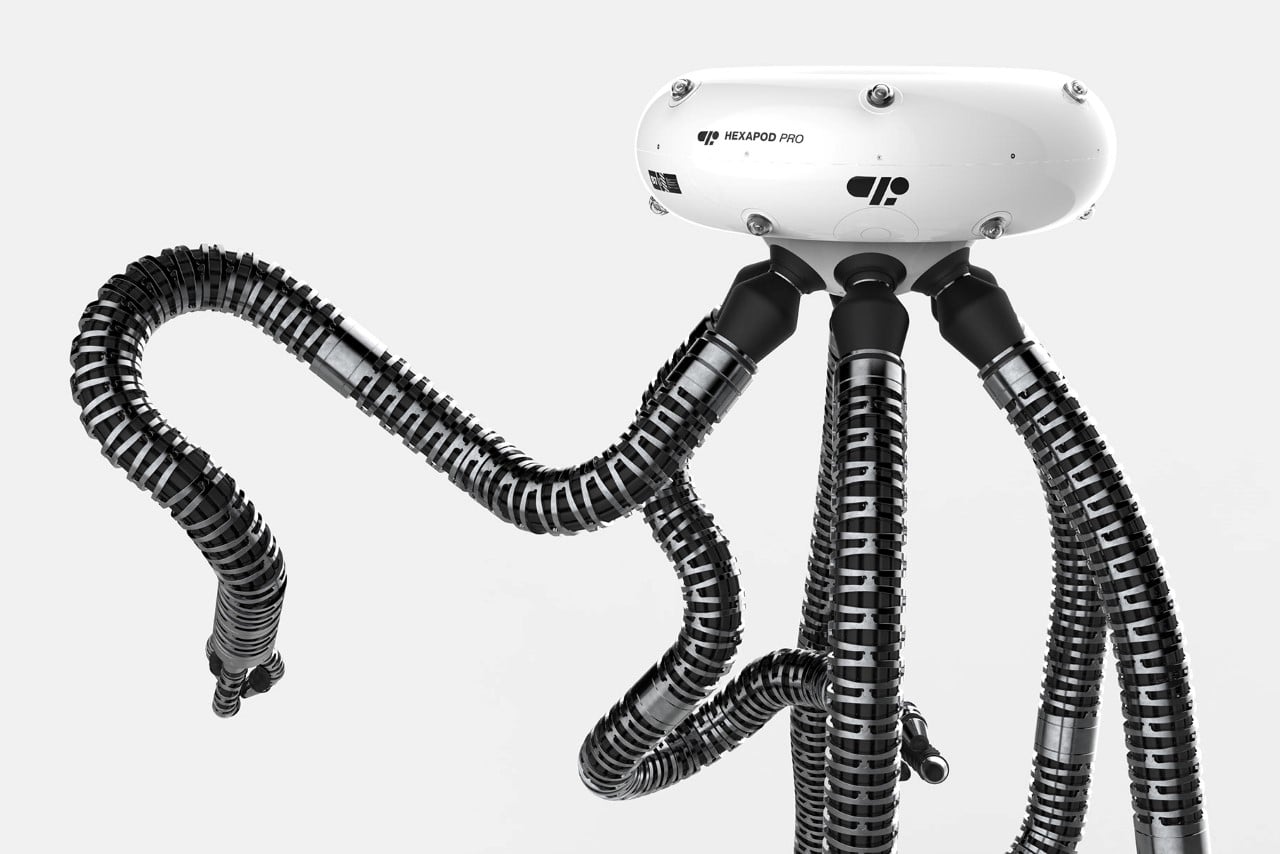
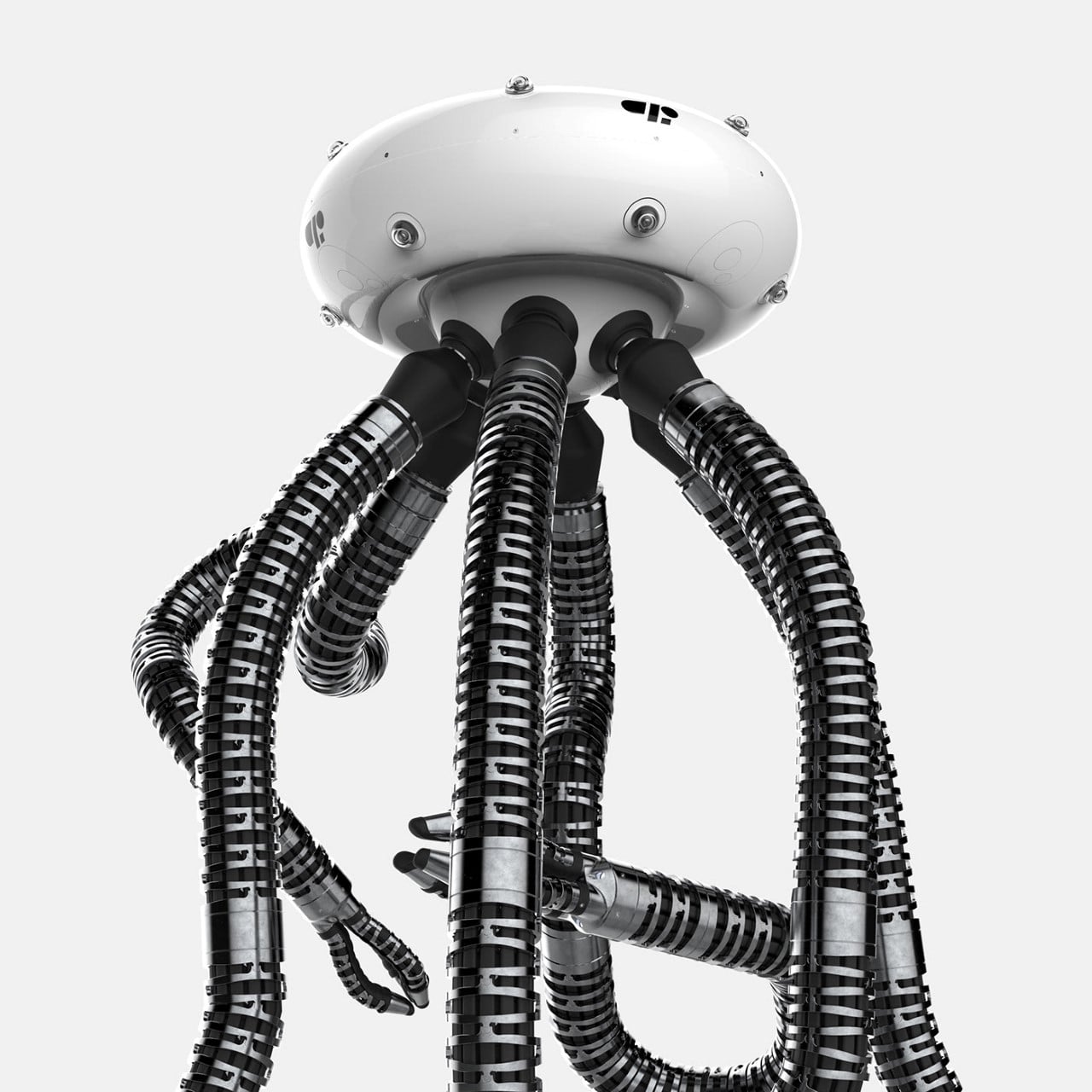
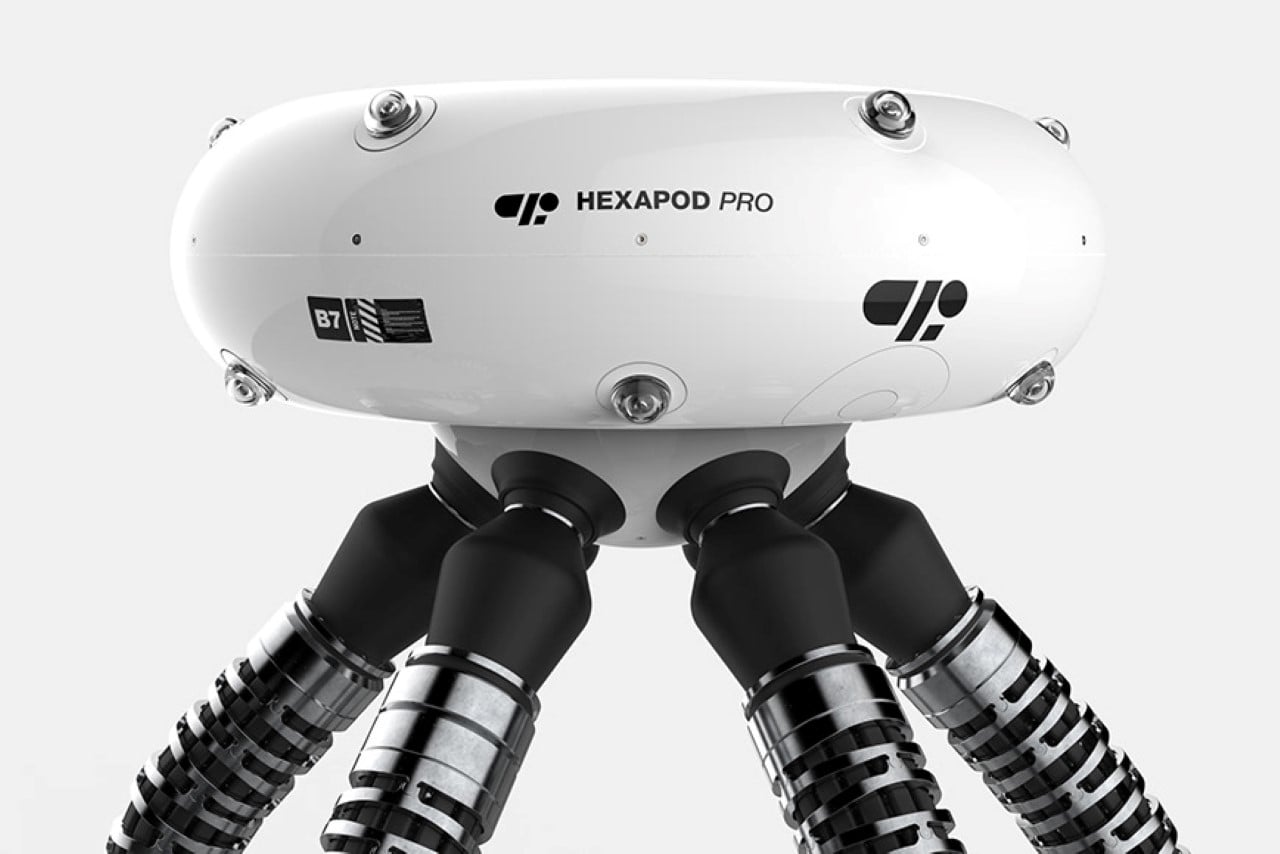
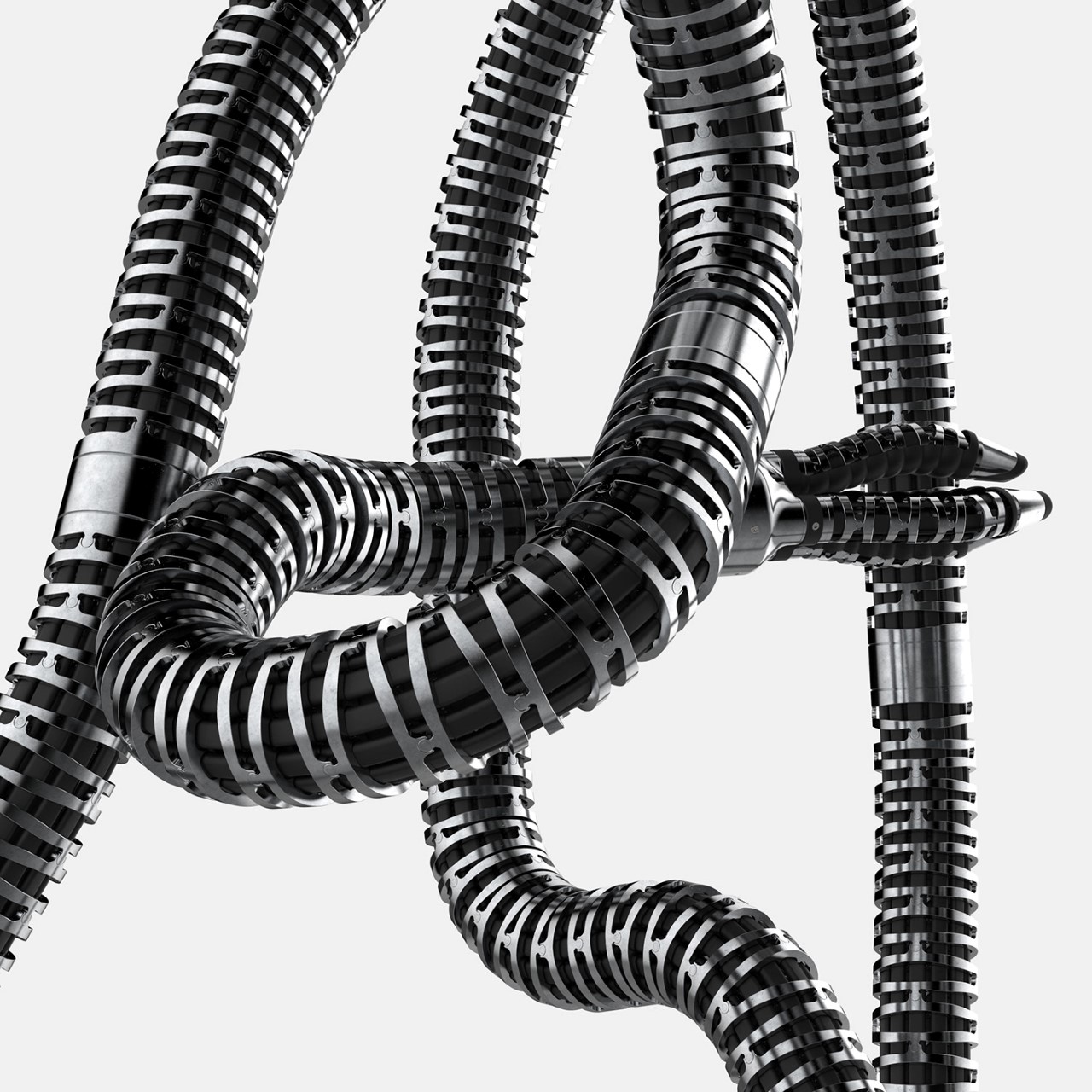


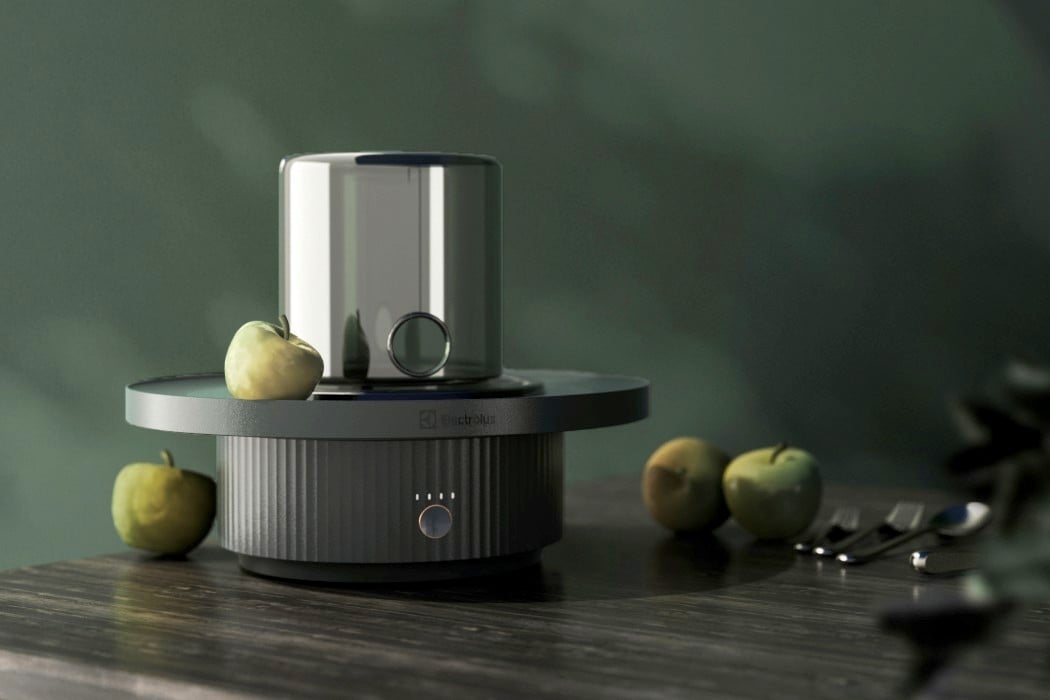
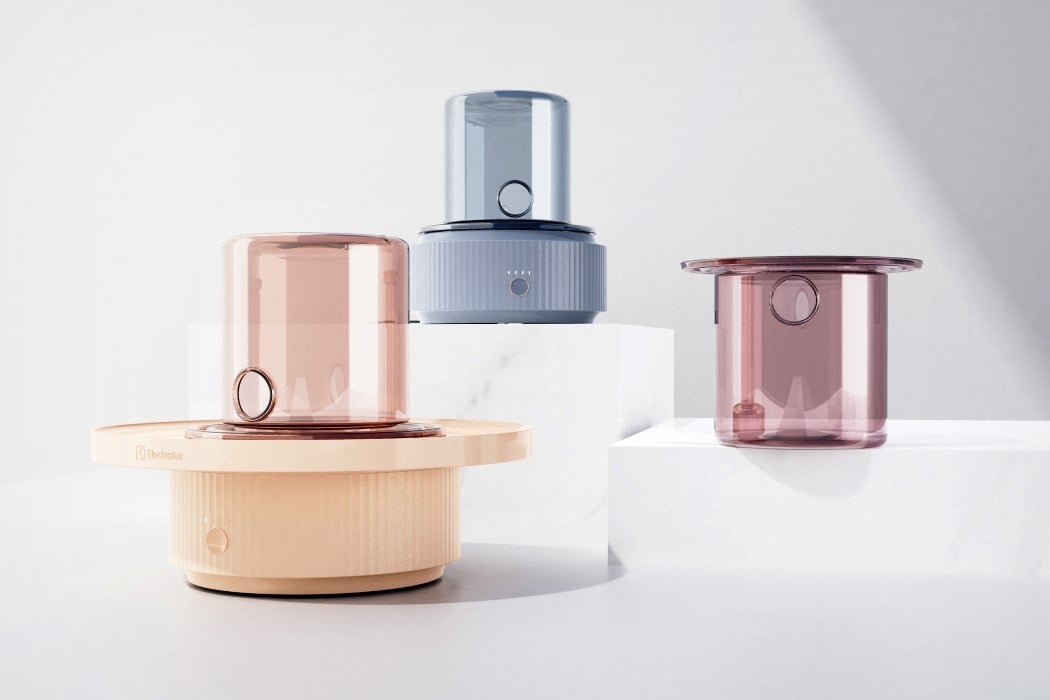
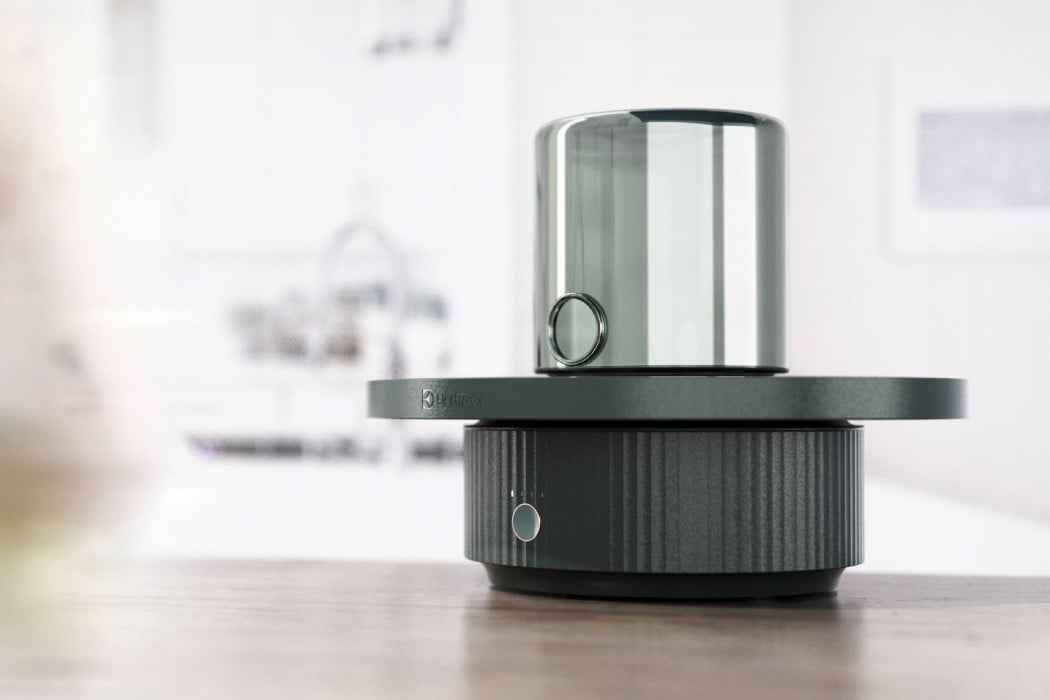
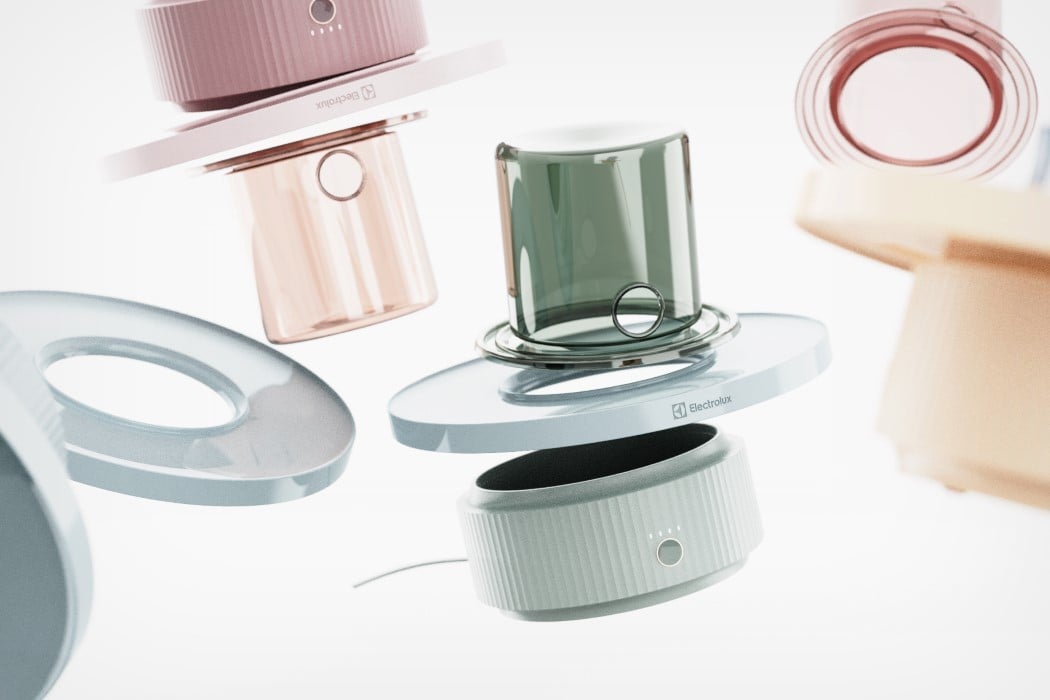
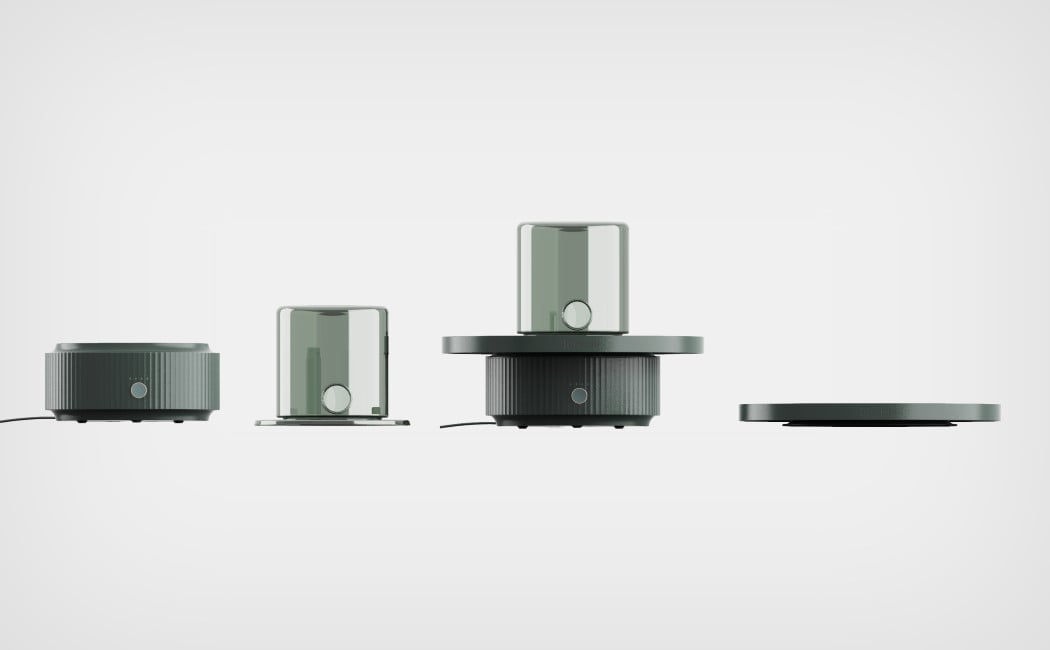
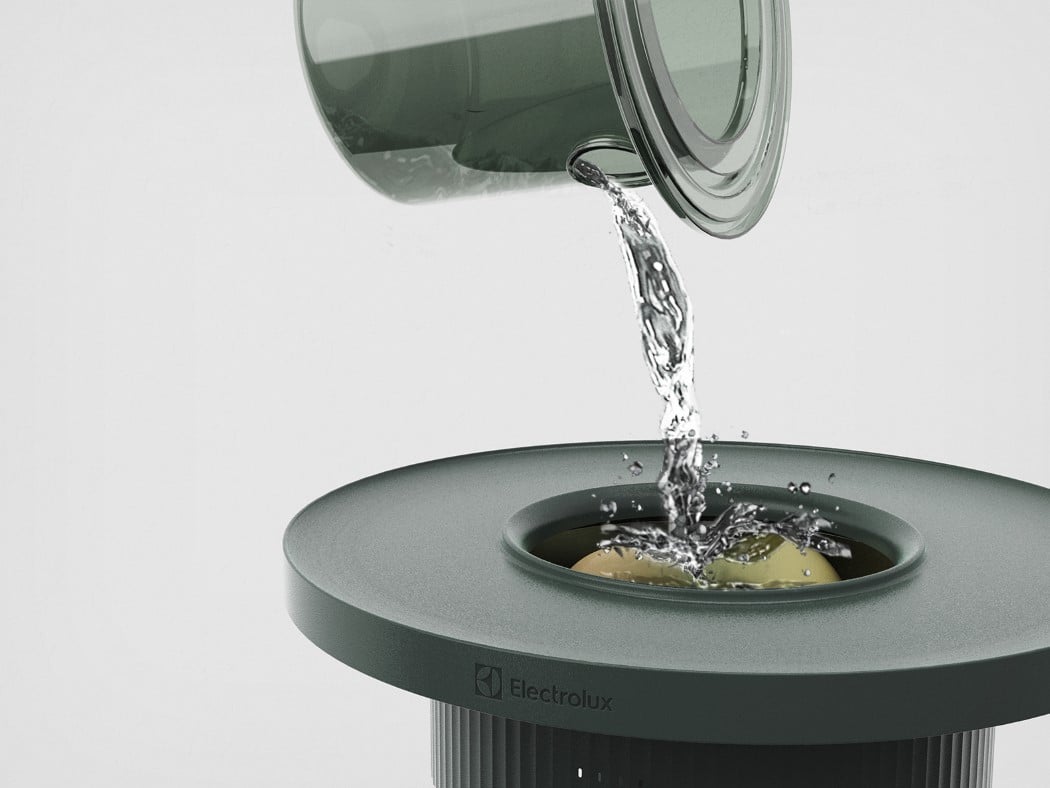
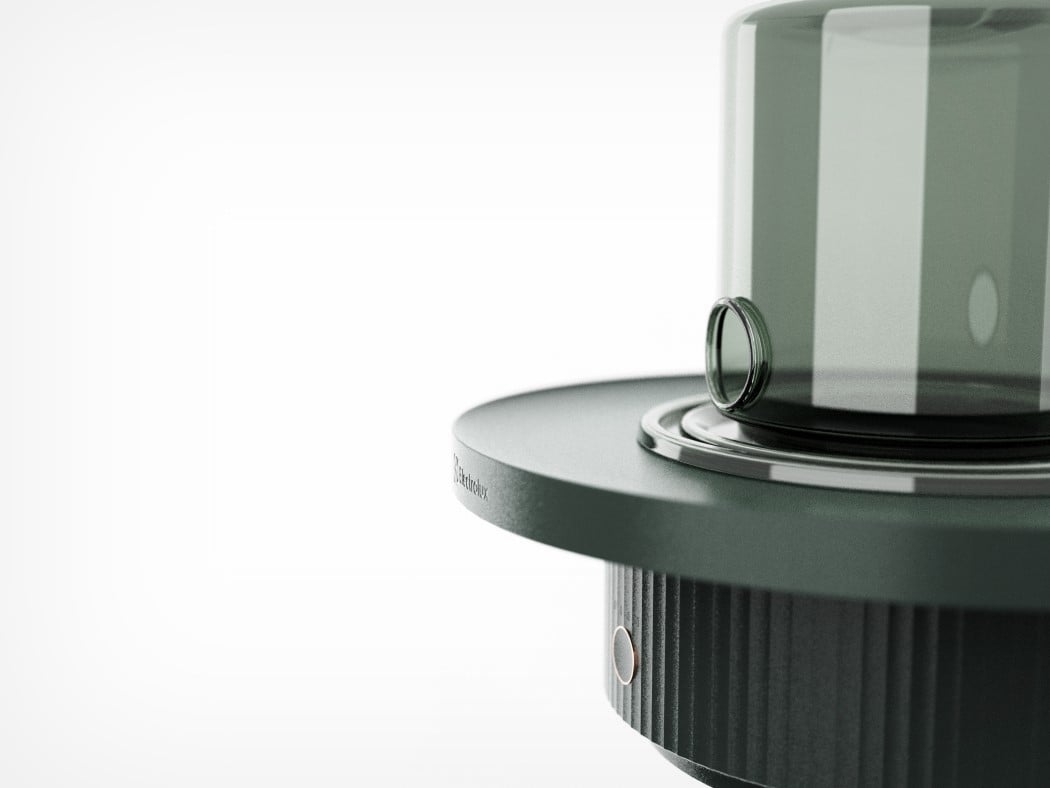
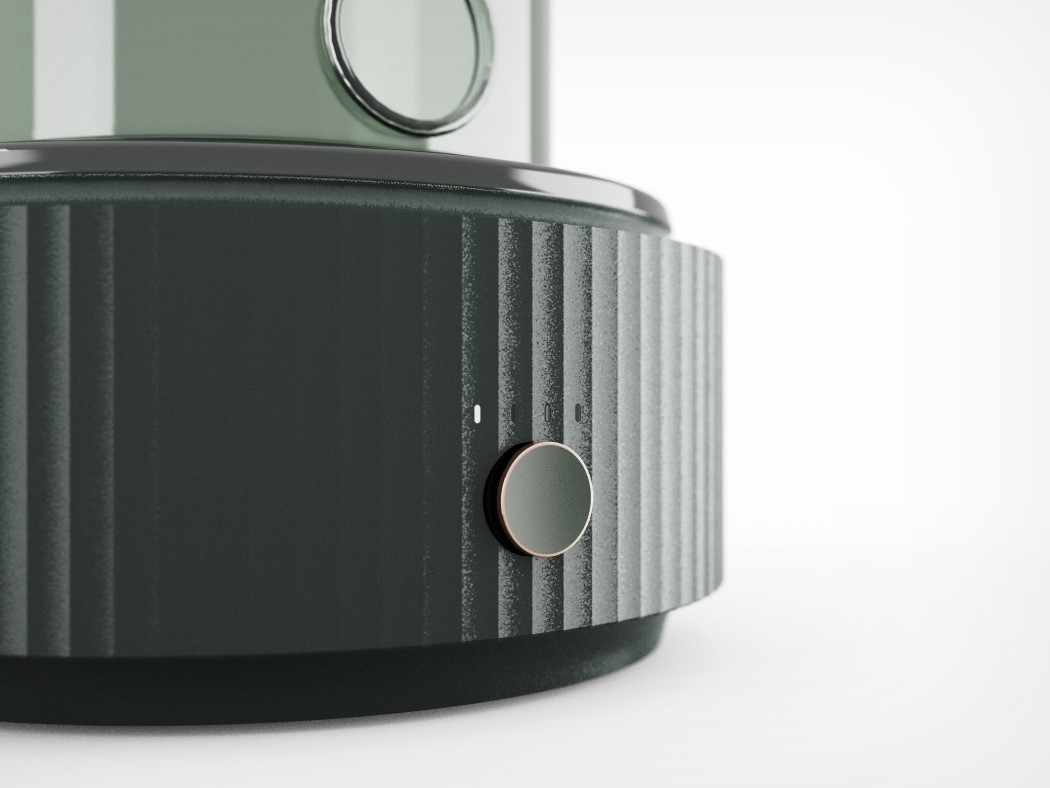
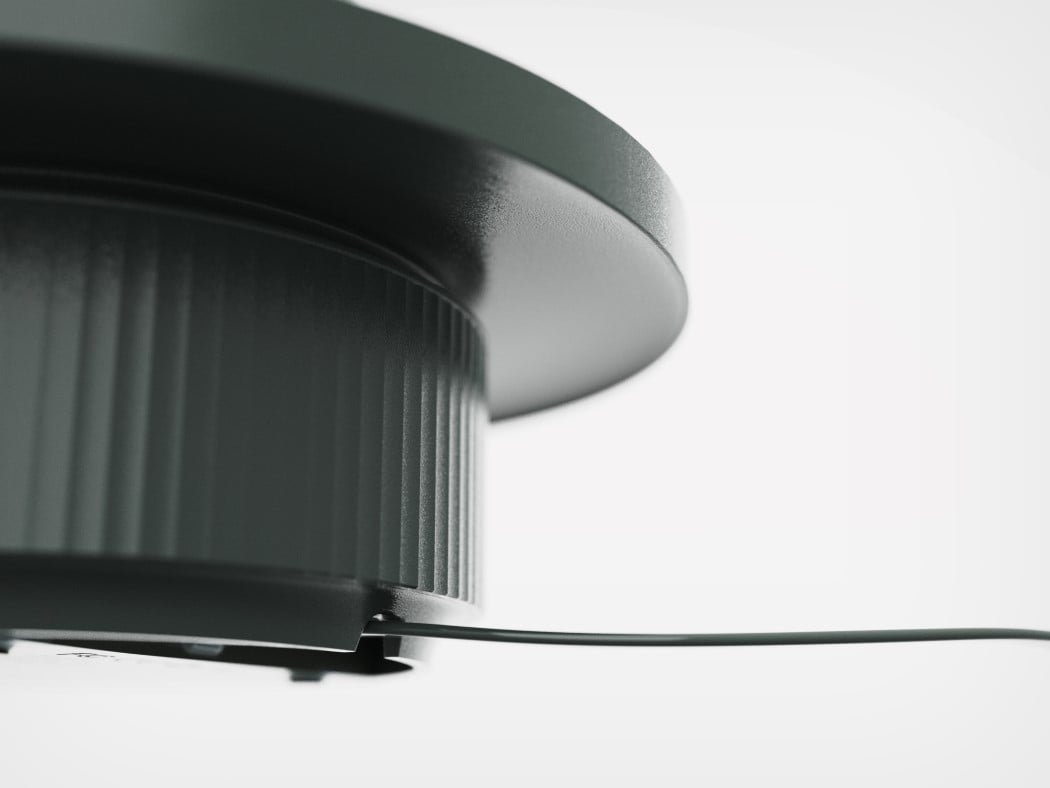
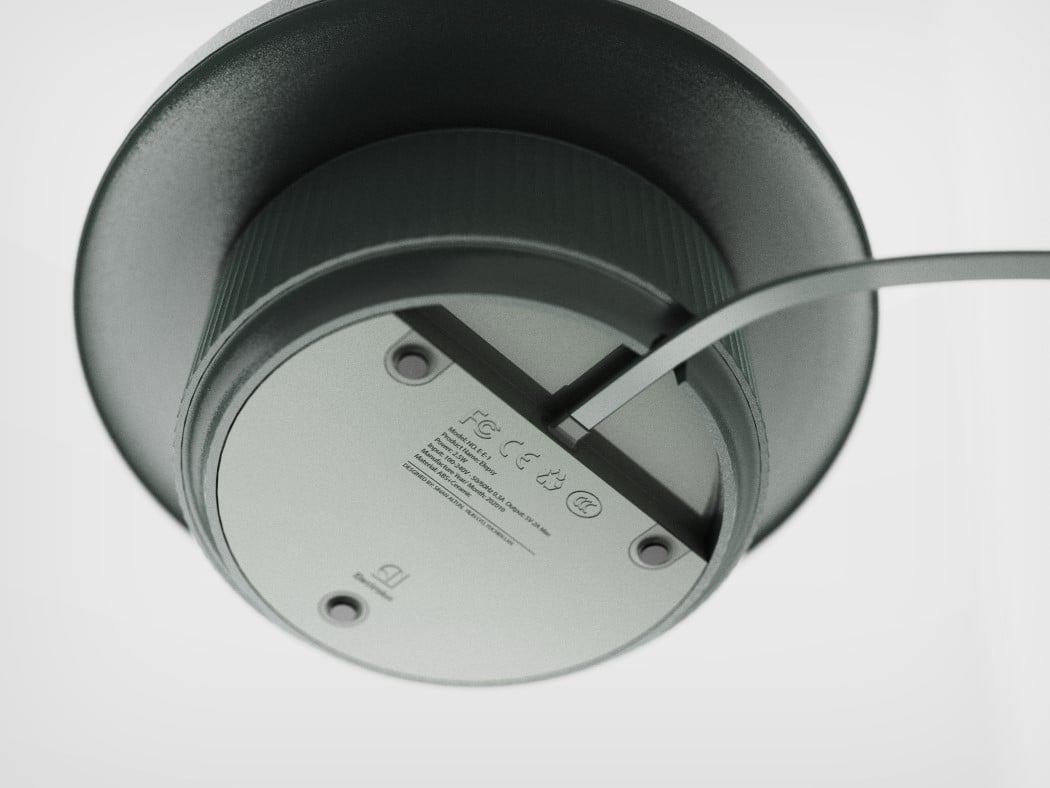
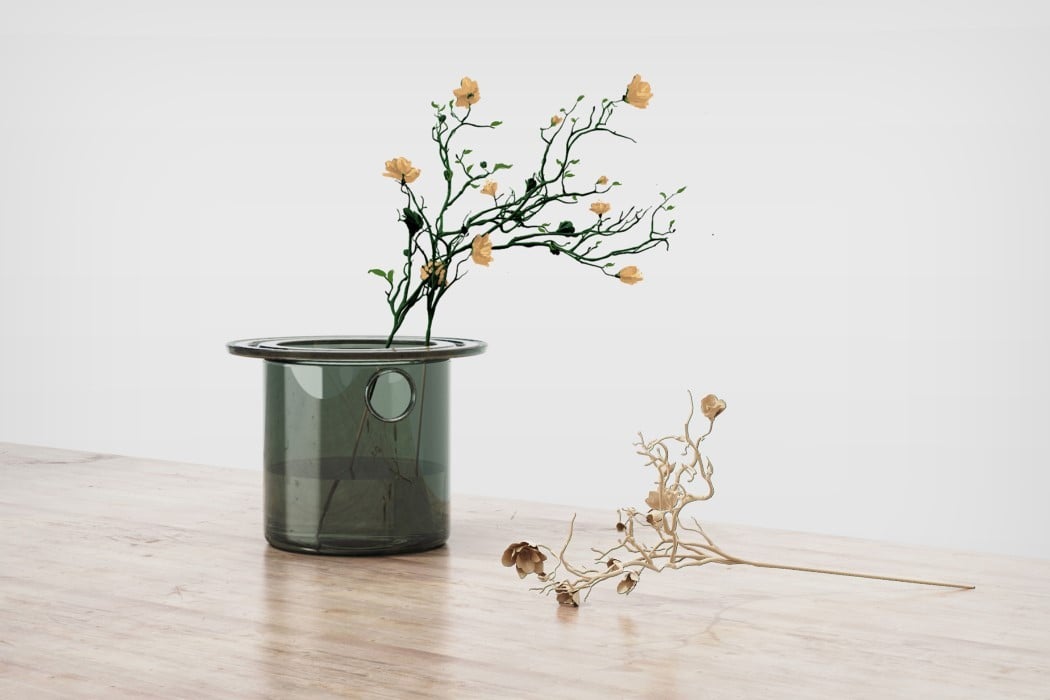
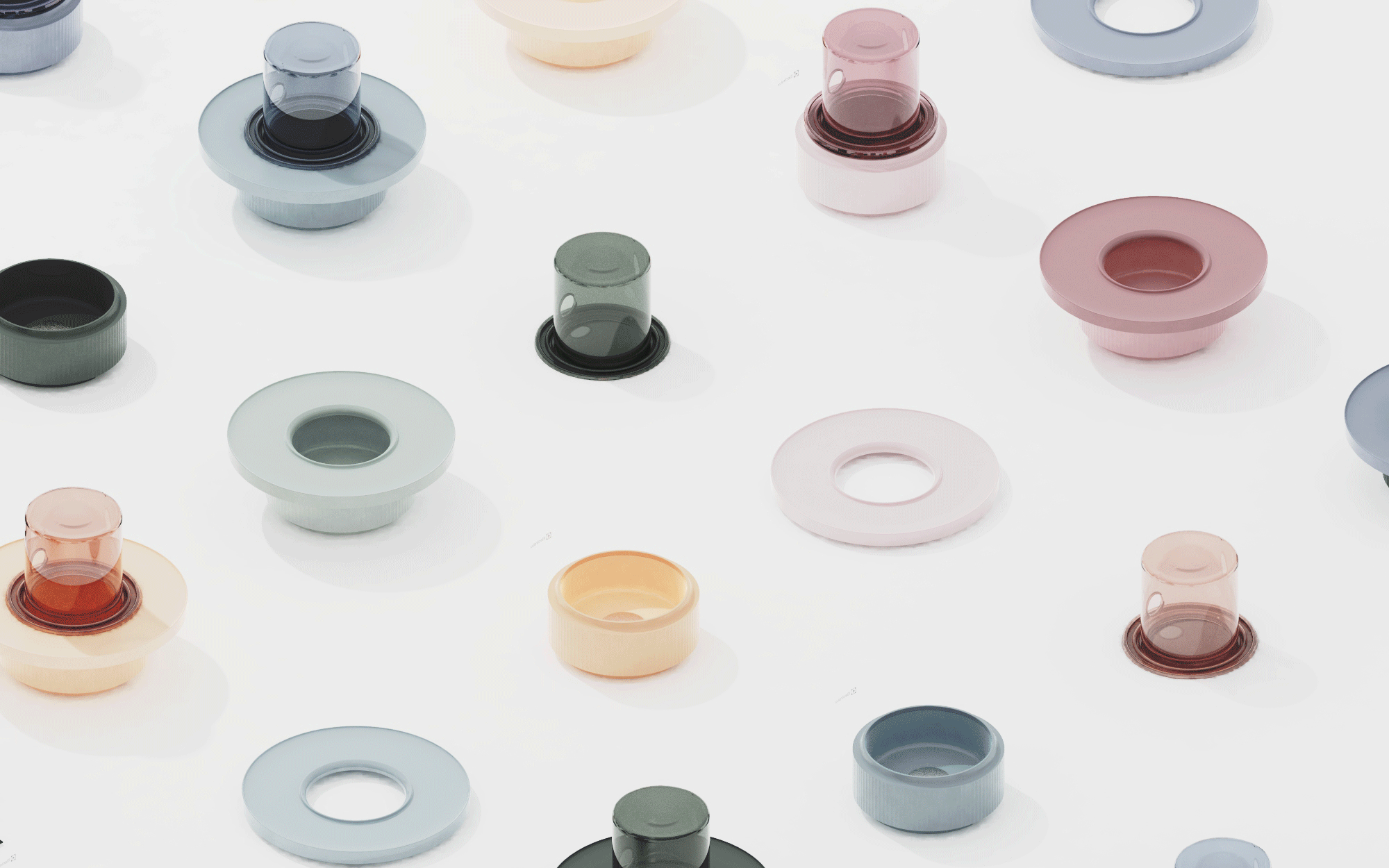



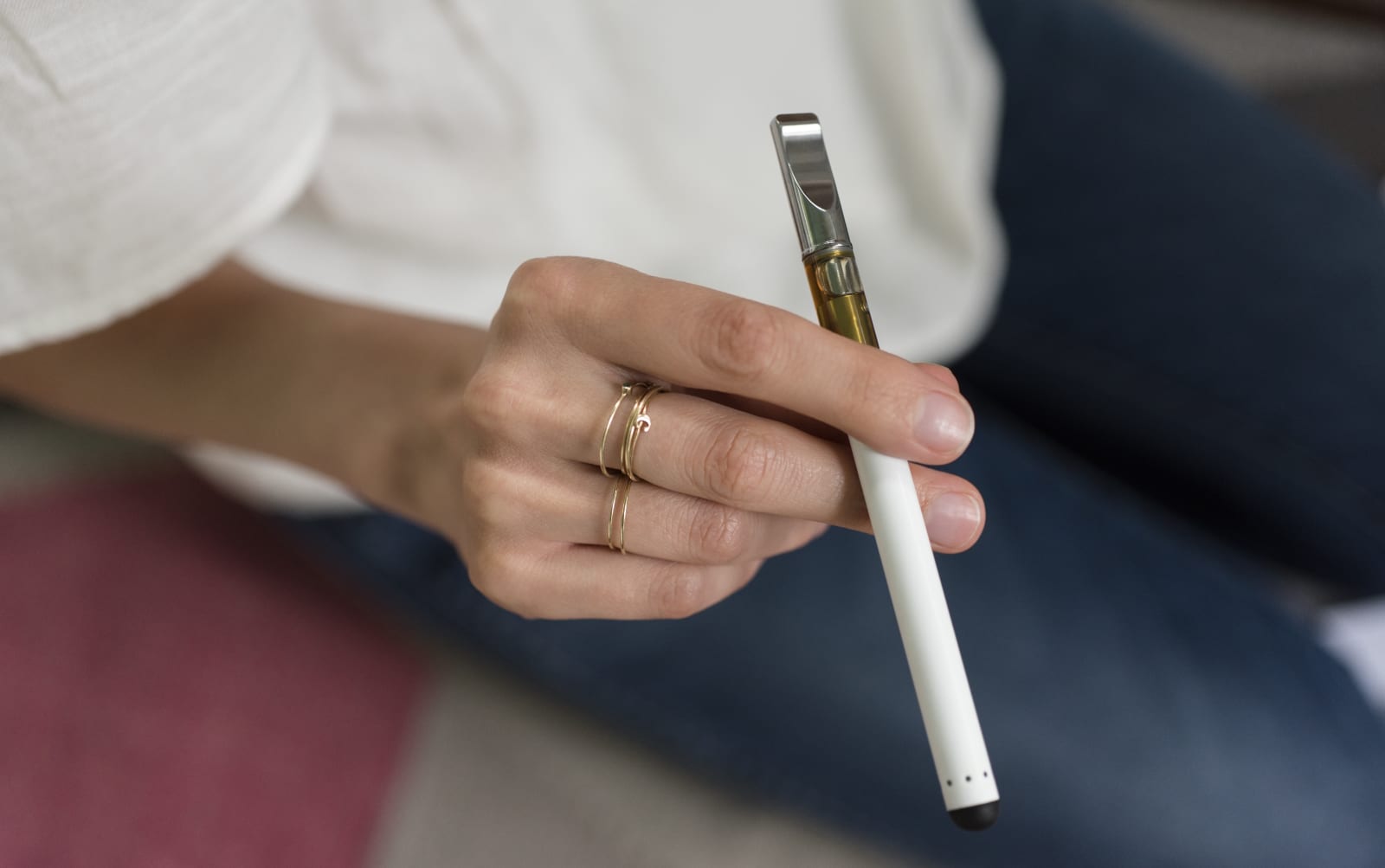 Today, the FDA officially banned most fruit- and mint-flavored, cartridge-based vaping products. The new rules are yet another attempt to curb teen vaping. Companies that manufacture, sell and distribute such products have 30 days to comply.
Today, the FDA officially banned most fruit- and mint-flavored, cartridge-based vaping products. The new rules are yet another attempt to curb teen vaping. Companies that manufacture, sell and distribute such products have 30 days to comply.




 It can take many years to make a wild plant easy to farm, but gene editing could make that happen for one fruit in record time. Scientists have used genomics and CRISPR gene editing to develop a technique that could domesticate the groundcherry, a wi...
It can take many years to make a wild plant easy to farm, but gene editing could make that happen for one fruit in record time. Scientists have used genomics and CRISPR gene editing to develop a technique that could domesticate the groundcherry, a wi...



